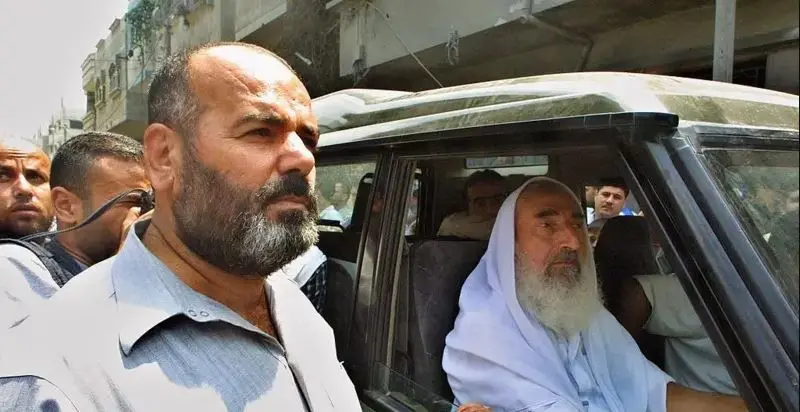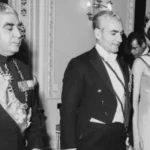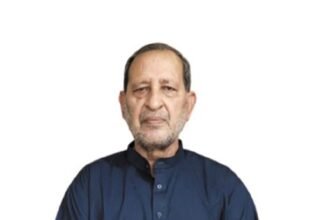Yahya Sinwar, along with other senior Hamas leaders who were killed in various operations, was labeled by Israel as one of the planners of the October 7 attacks. He became one of the prominent Hamas figures who were killed during the conflict that erupted after these attacks.
-
Key Figures Targeted
-
Timeline of Attacks
-
Impact on Hamas Leadership
-
Ongoing Conflict Overview
-
Historical Context of Violence
Yahya Sinwar has become one of the Hamas leaders who were killed during the fighting that began following the attacks on Israel on October 7. The Israeli military has stated that Yahya was killed on October 16, 2024, in a clash in the Tel Sultan area of Rafah.
Before this, Ismail Haniyeh, the head of Hamas’s political wing, was present in Tehran for the inauguration ceremony of new Iranian President Masoud Pezeshkian when he was killed in an airstrike.
Prior to Haniyeh, the Israeli military claimed to have targeted Mohammed Deif, the head of Hamas’s military operations and commander of the Izz ad-Din al-Qassam Brigades, in an attack on a building in the al-Mawasi area of Khan Younis on July 13.
The war in Gaza between Israel and Hamas, along with other Palestinian armed factions, has been ongoing since the foundation of Hamas by Sheikh Ahmed Yasin in 1987.
Since the establishment of this organization, a confrontation has begun between Israel and Hamas, leading to a cycle of violence, killings, and suicide bombings.
Hamas has carried out dozens of suicide attacks inside Israel. During the First Intifada, hundreds of Israelis were killed starting in 1987 when the area was under Israeli control.
This movement spread to the West Bank and was halted in 1993 when the Oslo Accords were signed.
The Second Intifada began in 2000 after former Israeli Prime Minister Ariel Sharon entered the Al-Aqsa Mosque, and it was bloodier and more violent than the first, with nearly 4,200 people killed on both sides.
Since the emergence of Palestinian resistance, Israel has begun targeting the activists of Palestinian factions, resulting in the killings of dozens of Hamas leaders during this time.
These operations were temporarily halted during peace negotiations between Israel and the Palestine Liberation Organization.
Since the early 1990s, Israel has conducted widespread assassination operations against Hamas leaders and activists, making no distinction between the movement’s political and military officials.
This report mentions individuals associated with Hamas who have been killed.
Yahya Sinwar

Yahya Sinwar was identified as the planner of the October 7, 2023, Hamas attacks on Israeli territory.
Yahya Sinwar was 61 years old and was commonly known by the name “Abu Ibrahim.” He was born in a refugee camp in Khan Younis, located in the southern Gaza Strip.
His parents were from Ashkelon and had to flee their homeland in 1948 due to the establishment of Israel, which resulted in mass displacement.
He received his education in a secondary school in Khan Younis and later earned a Bachelor’s degree in Arabic from the Islamic University of Gaza.
Sinwar was first arrested by Israel in 1982 when he was 19 years old. He was re-arrested in 1985 for being involved in “extremist activities.”
During this time, he had gained the trust of Hamas’s wheelchair-bound founder, Sheikh Ahmed Yasin.
Kobi Michael, a senior researcher at the Institute for National Security Studies in Tel Aviv, stated that the closeness between Sheikh Ahmed Yasin and Yahya significantly increased, deeply influencing how Sinwar was perceived within the organization.
Two years later, in 1987, Hamas was established, and Sinwar set up the group’s internal security department, named “Mujd.” He was only 25 years old at that time.
Ahd Yar, a research fellow at the Washington Institute for Near East Policy who interviewed Sinwar four times in Israeli prisons, noted that he was a man surrounded by supporters and admirers, some of whom were with him merely out of fear and did not want to fight him.
In 1988, Sinwar allegedly planned to kidnap and kill two Israeli soldiers. He was arrested the same year and was sentenced to life imprisonment four times for the murder of 12 individuals.
Sinwar spent approximately 22 years in Israeli prisons from 1988 to 2011. Some of his time was spent in solitary confinement, which intensified his militant tendencies.
In 2013, he was elected as a member of Hamas’s political bureau in Gaza and was appointed its leader in 2017.
In 2015, the U.S. State Department officially added Sinwar to its “Global Terrorist List.”
In a briefing to international media in 2018, he declared support for the thousands of Palestinians who wanted to cross the border barrier between Gaza and Israel to protest the relocation of the U.S. Embassy from Tel Aviv to Jerusalem.
In May 2021, during Israeli airstrikes in the Gaza Strip, his house and office were targeted. Subsequently, in April 2022, he encouraged people to attack Israel in any way possible during a televised speech.
After the Hamas attacks on Israeli territory on October 7, 2023, he became one of Israel’s most wanted individuals and was identified as the planner of those attacks.
Ismail Haniyeh
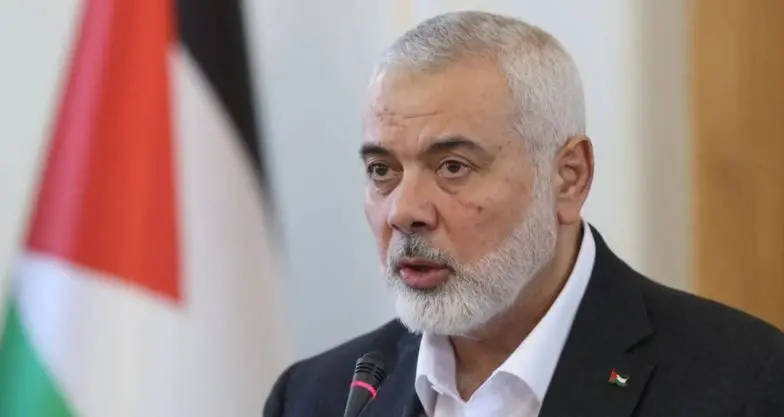
Ismail Haniyeh was appointed the head of Sheikh Ahmed Yasin’s office in 1997.
Ismail Abdul Salam Haniyeh, also known as Abdul Abed, was born in a Palestinian refugee camp. He was elected head of Hamas’s political wing in 2017, succeeding Khaled Mashal.
He was arrested by Israeli authorities for participating in a protest during the First Intifada. In 1988, when Hamas emerged, Ismail Haniyeh was sentenced to six months in prison.
The following year, in 1989, he was arrested again and sentenced to an additional three years. He was later expelled from Gaza along with other Hamas leaders and sent to Lebanon. After that, Ismail Haniyeh lived in exile for nearly a year.
However, he returned to Gaza a year later. In 1997, Ismail Haniyeh was appointed the head of Sheikh Ahmed Yasin’s office.
On February 16, 2006, Hamas nominated him for the position of Prime Minister of Palestine, and he assumed office on the 20th of that month.
In 2006, Israeli military helicopters targeted Prime Minister Ismail Haniyeh’s offices. The attack injured three guards, but Ismail Haniyeh was not present at that time.
Ismail Haniyeh declared this act unconstitutional, stating that his government would continue to work for the Palestinian people.
Ismail Haniyeh married his cousin Aml Haniyeh at the age of sixteen, and they had 13 children, including eight sons and five daughters.
Of his eight sons, three, along with four grandchildren, were killed in an Israeli airstrike on April 10, 2024, during the Eid celebrations in the Gaza Strip.
Imad Aqil
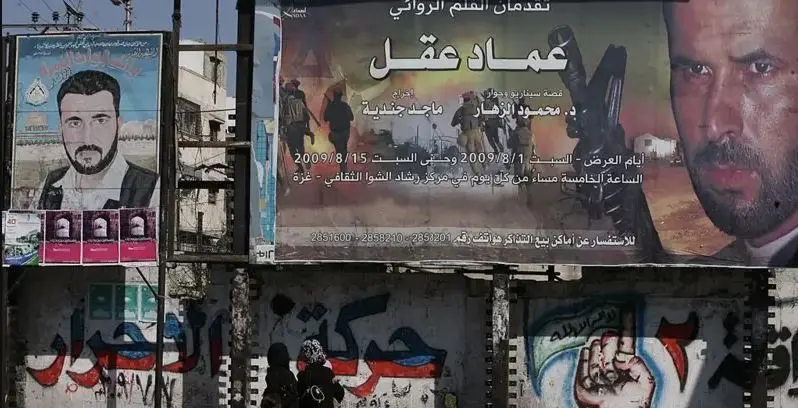
Imad Aqil, whose full name is Imad Hasan Ibrahim Aqil, was born on June 19, 1971, in the Jabalia refugee camp in northern Gaza. His father served as a muezzin at the camp’s “Martyrs” mosque.

Imad Aqil, whose full name is Imad Hasan Ibrahim Aqil, was born on June 19, 1971, in the Jabalia refugee camp in northern Gaza. His father served as a muezzin at the camp’s “Martyrs” mosque.
In 1988, Israeli authorities arrested him on charges of being affiliated with Hamas and held him for a year and a half. After his release from prison, he returned to his previous activities and was re-arrested for a month and a half in 1990.
Afterward, he joined the ranks of Hamas-affiliated “Izz ad-Din al-Qassam Brigades.”
Imad Aqil then participated in military operations against Israeli soldiers and settlers in the West Bank.
He carried out dozens of military operations, killing 14 individuals, including soldiers and settlers. He became the number one wanted person for Israeli security forces.
On November 24, 1993, Israeli military personnel surrounded a house in the Shuja’iyya neighborhood of Gaza where Imad Aqil was hiding.
During this operation, the Hamas leader attempted to escape, but Israeli security forces killed him and one of his aides.
In 2009, Hamas made a film about the life of Imad Aqil titled “Imad Aqil: The Story of Resistance.”
Yahya Ayyash
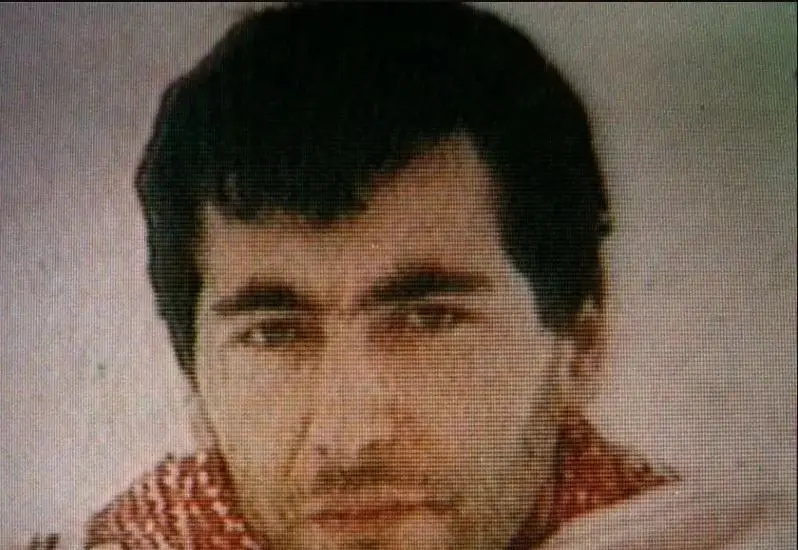
Yahya Ayyash is considered one of the most prominent and important military leaders of the Izz ad-Din al-Qassam Brigades, who was killed by Israel. He was accused of being responsible for suicide bombings, explosions, and the deaths of dozens of Israelis.

Yahya Ayyash is considered one of the most prominent and important military leaders of the Izz ad-Din al-Qassam Brigades, who was killed by Israel. He was accused of being responsible for suicide bombings, explosions, and the deaths of dozens of Israelis.
Yahya Ayyash was born in 1966 in the northwestern West Bank. He earned a degree in electrical engineering from Birzeit University.
He was implicated in several significant operations, including a car bomb explosion in the city of Afula on April 6, 1994, which killed eight Israelis.
He was also held responsible for a suicide operation in the city of Hadera on April 13, 1994, which resulted in the deaths of seven Israelis.
It is said that in another operation on October 19, 1994, 22 Israelis were killed.
At the end of 1994, Yahya Ayyash moved to Gaza because he was being pursued by Israel. The Israeli security service blew him up in early 1996 while he was talking to his father on the phone. He was identified by his voice.
Jamal Salim and Jamal Mansour
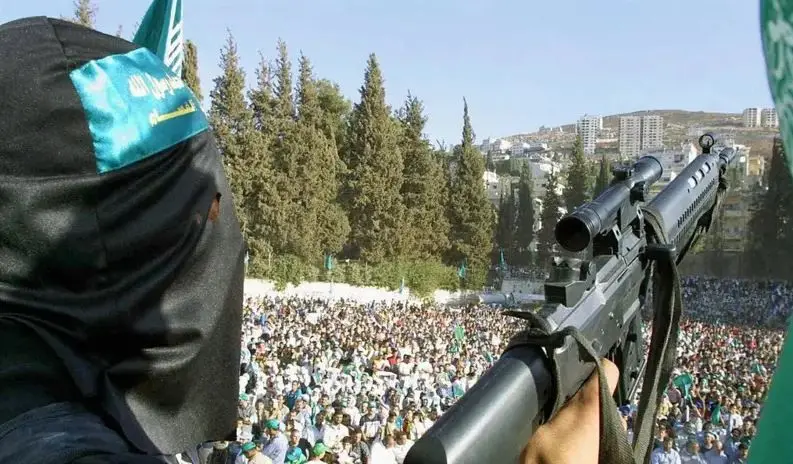
On January 31, 2001, Israeli aircraft bombed the Hamas Media and Studies office in the city of Nablus in the West Bank, killing Hamas leaders Jamal Mansour and Jamal Salim.

On January 31, 2001, Israeli aircraft bombed the Hamas Media and Studies office in the city of Nablus in the West Bank, killing Hamas leaders Jamal Mansour and Jamal Salim.
Jamal Mansour was born in 1960 in the Balata refugee camp in the West Bank and is considered one of the founders of Hamas in the West Bank. He headed Hamas at al-Najah University. Previously, he had joined the Muslim Brotherhood in high school.
Jamal Mansour was arrested more than ten times during the First Intifada and during his education. After his release, in December 1992, Israel deported him, along with hundreds of Hamas and Islamic Jihad activists, to Marj al-Zuhur in southern Lebanon.
The Palestinian Authority arrested him in 1997, and he remained in prison until the start of the Second Intifada in 2000.
Jamal Salim was born in 1958 in the Ain Beit al-Ma camp in the city of Nablus and earned a degree in Islamic Sharia from Jordan University in 1982.
After completing his education, he returned to the West Bank to work as a teacher in Nablus. He joined the ranks of Hamas after its establishment in 1987.
He served as the secretary of the Palestinian Scholars Association in Nablus, but Israel soon exiled him to Marj al-Zuhur in southern Lebanon.
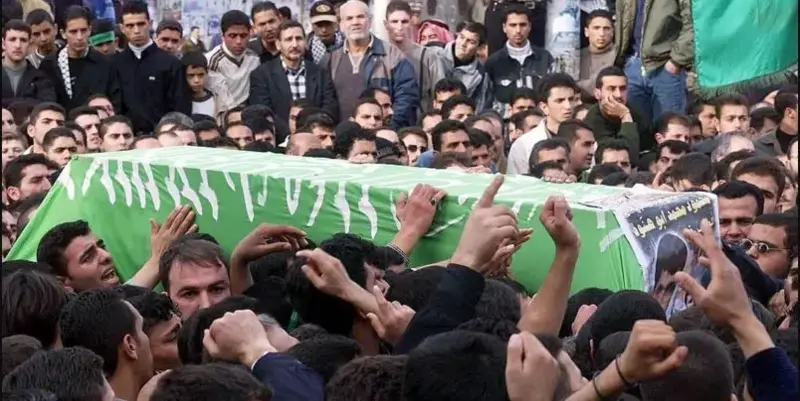
Mahmoud Abu Hnoud
Mahmoud Abu Hnoud was born in 1967 in the Nablus district of the West Bank. He was the commander of the Qassam Brigades in the West Bank.
According to Israeli authorities, Abu Hnoud was traveling in a car on November 23, 2001, when a warplane targeted him with a missile.
He graduated with a BA in Islamic Sharia from Al-Quds University in 1985, and by the time he completed his education, he had already assumed the position of commander of the Qassam Brigades in the northwestern West Bank.
Abu Hnoud participated in several operations and suicide attacks against Israelis in 1997, becoming one of the most wanted individuals in Israel.
Israel claims that Abu Hnoud played a key role in two deadly attacks in Jerusalem in 1997, which resulted in the deaths of 21 individuals.
In 2000, the Israeli army surrounded him inside a house in the town of Asirah in the West Bank; however, he managed to escape after fighting with the Israeli army, during which three Israeli soldiers were killed.
Subsequently, Abu Hnoud was arrested by the Palestinian Authority and sentenced to 12 years in prison on charges of being affiliated with Hamas.
Abu Hnoud was also among those deported to Marj al-Zuhur in 1992.
Salah Shehada
Salah Shehada is considered the founder of Hamas’s military wing. Three years before the declaration of Hamas’s establishment in 1987, he formed a group called “Palestinian Mujahideen,” which carried out several operations against Israel.
He was the leader of this organization, which joined the Izz ad-Din al-Qassam Brigades in 1991.
Salah Shehada was born in 1952 in a camp in the Gaza Strip. He obtained a degree from the Higher Institute of Social Services in Alexandria and worked as a social researcher in Arish until 1979.
Upon returning to Gaza, he served as an inspector of social affairs. He soon left this job and began working at the Islamic University of Gaza in 1986.
He was first arrested in 1984 and then again in 1988. He was accused of forming the military wing of Hamas and of abducting and killing two Israeli soldiers.
He was sentenced to ten years in prison. After completing his sentence, he remained in administrative detention for twenty months and was finally released in May 2000.
After Shehada’s release from prison, he went into hiding, changing his residence frequently to avoid arrest or assassination, but Israel managed to find him on July 22, 2002, and dropped a bomb weighing over a ton on a house.
In this attack, Salah Shehada, along with his wife and Izz ad-Din al-Qassam leader Zaher Naser, was killed along with 18 others.
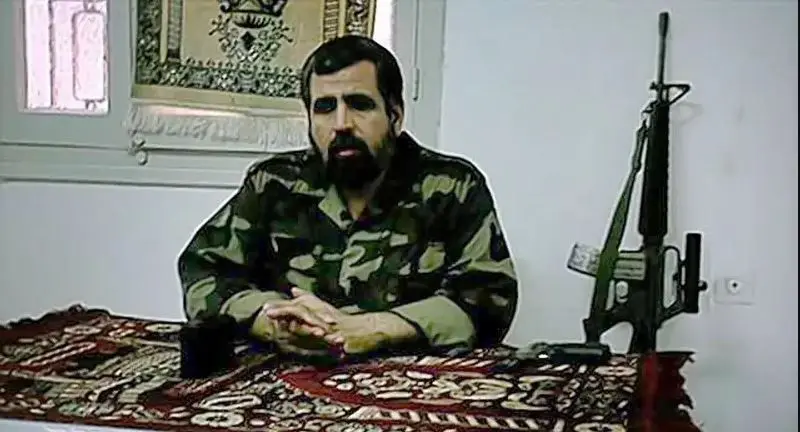
Ismail Abu Shanab
Ismail Abu Shanab is one of the founders and prominent leaders of Hamas. He spent over ten years in Israeli prisons on charges of leading Hamas during the First Intifada.
Abu Shanab was born in 1950 in the Nuseirat camp in Gaza. He obtained a bachelor’s degree in civil engineering from Mansoura University in Egypt in 1975 and later earned a master’s degree from the University of Colorado in the United States in 1982.
After returning from the U.S., he took over the Palestinian Engineers Association in Gaza. He was arrested by Israel in 1989 and remained in prison until 1997.
Abu Shanab is considered one of the founders of the “Islamic Society” in Gaza in 1976, and he established two institutions from which Hamas emerged in 1987.
He also represented Hamas in several meetings with the Palestinian Authority and other Palestinian factions.
On August 21, 2003, Israel fired five missiles at his vehicle from a military helicopter, killing Ismail Abu Shanab.
Ahmed Yassin
On March 22, 2004, Israel attacked Sheikh Ahmed Yassin, the founder of Hamas, with warplanes, resulting in his death during the operation.
Sheikh Yassin was born in 1938 in Palestine, which was under British mandate. After becoming paralyzed in a youth accident, he dedicated his life to Islamic studies.
He joined the Palestinian wing of the Muslim Brotherhood but did not become widely known until the First Palestinian Intifada began in 1987.
He came to public attention only after the establishment of Hamas.
Israel arrested him in 1989 and sentenced him to life imprisonment for ordering the killing of a person collaborating with the Israeli army.
On September 6, 2003, Israeli helicopters targeted an apartment in Gaza, but Sheikh Yassin survived.
Six months later, on March 14, 2004, two members of the Qassam Brigades carried out an operation in an Israeli port that resulted in 10 Israelis being killed and 20 injured.
Israel personally held Sheikh Yassin responsible for this operation and killed him in an airstrike on March 22, 2004.
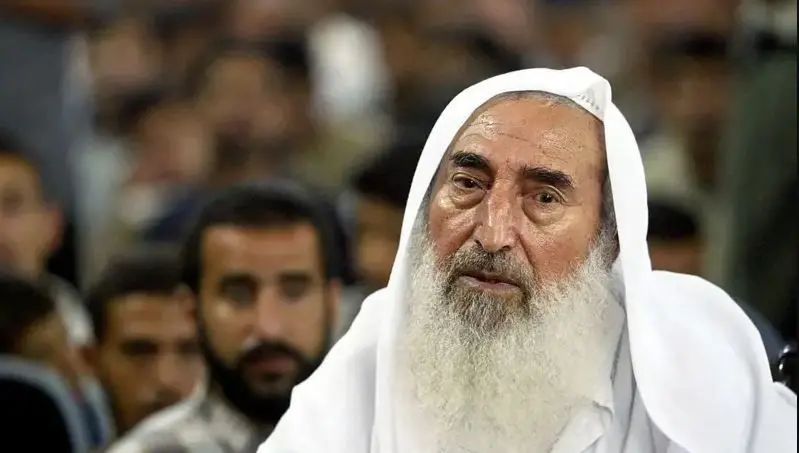
Abdul Aziz Al-Rantisi
He was a Palestinian physician and politician and one of the prominent political leaders of Hamas.
Al-Rantisi took over the leadership of the movement after the assassination of Sheikh Ahmed Yassin on March 22, 2004, but was killed by Israel in an airstrike on his vehicle less than a month after assuming office.
He was born in the village of Yabna, now in Israel, and his family sought refuge in Gaza after the establishment of Israel.
He completed his secondary education in 1965 and graduated from the Faculty of Medicine at Alexandria University in 1972. He later worked as a doctor at Nasser Hospital in Khan Yunis in 1976.
After the establishment of the Islamic University of Gaza in 1978, he also worked there as a lecturer. He was arrested multiple times over the years due to his anti-Israel activities. He was a spokesperson for those deported to Marj al-Zuhur in 1992.
He was immediately arrested upon returning from Marj al-Zuhur in 1993 and remained in detention until mid-1997.
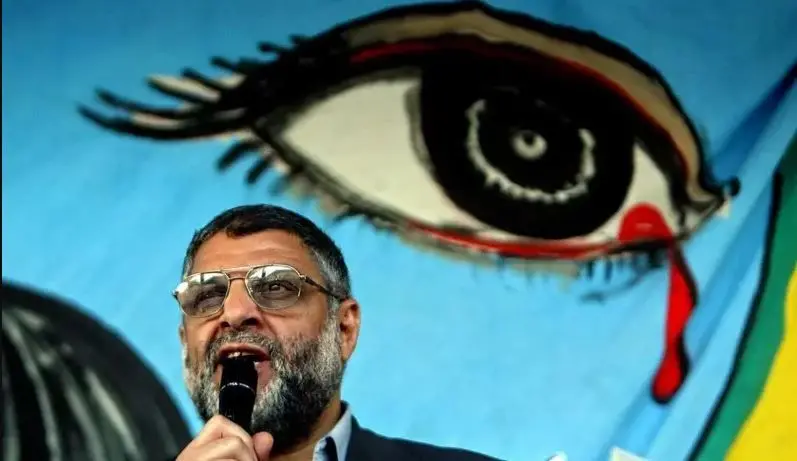
Adnan Al-Ghul
Adnan Al-Ghul is considered one of the leaders and founders of the Qassam Brigades and was an associate of Yahya Ayyash. Al-Ghul studied engineering abroad and successfully produced bombs, rockets, and missiles locally.
His arrival brought new capabilities to Hamas that it did not have before.
Al-Ghul was born in 1958 in the Shati refugee camp in Gaza. He began his military activities against Israel before the start of the First Intifada in 1987, forming a group that conducted guerrilla attacks against Israeli soldiers in Gaza.
Israel labeled Al-Ghul as an expert in explosives and claimed he produced the rockets that Palestinians fired from northern Gaza into southern Israel.
He was also held responsible for numerous attacks against Israel.
Al-Ghul survived several assassination attempts and had been one of Israel’s most wanted individuals since the 1980s.
He was killed when a missile fired from an Israeli reconnaissance aircraft struck his car in Gaza. His associate Imad Abbas was also killed in this attack.
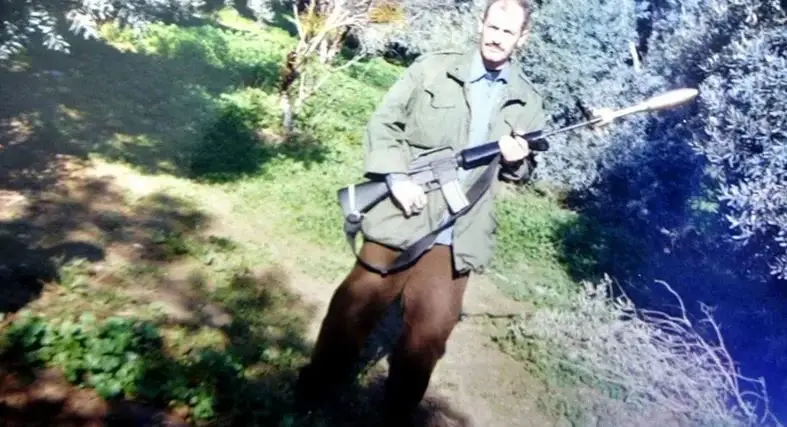
Said Siam
Hamas leader Said Siam took over as Minister of Interior in Palestine after Hamas’s victory in the 2006 elections, and he was killed by Israeli forces during the war in Gaza in 2009.
Siam was born in 1959 in the Shati refugee camp in Gaza and has been regarded as an important figure since the establishment of Hamas.
Israel arrested him multiple times due to his political activities, and he was among those deported to Marj al-Islam.
During his tenure as Minister of Interior, before the siege of Gaza, Siam visited several countries, including Syria and Iran, and is said to have laid the foundation for the movement’s relations with Iran.
Siam was killed on January 15, 2009, during an Israeli airstrike in the Gaza Strip. His brother and six others were also killed in the attack.
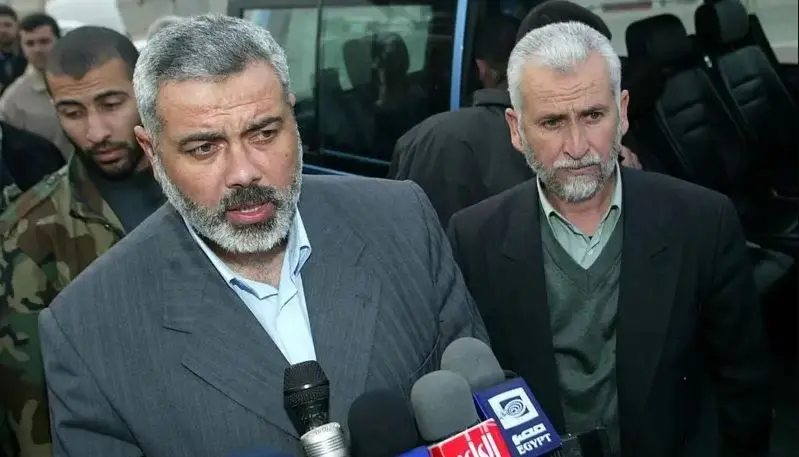
Ahmed Jabari
Born in 1960 in the Gaza Strip, Ahmed Jabari initially joined Fatah but became acquainted with Ahmed Yassin and Abdul Aziz al-Rantisi while imprisoned. After his release from prison in 1995, he joined Hamas.
His relationships with Muhammad Deif, the head of the Qassam Brigades, and explosives and missile engineer Adnan Al-Ghul later strengthened, and he collaborated with Salah Shehada in the establishment and command of the Qassam Brigades.
After Muhammad Deif was seriously injured in an assassination attempt in 2003, Jabari became the de facto leader of the Qassam Brigades.
On November 14, 2012, Israel managed to target him with an airstrike while he was traveling in a car near the Public Service Complex in Gaza, a week after returning from pilgrimage.
Raed Al-Attar
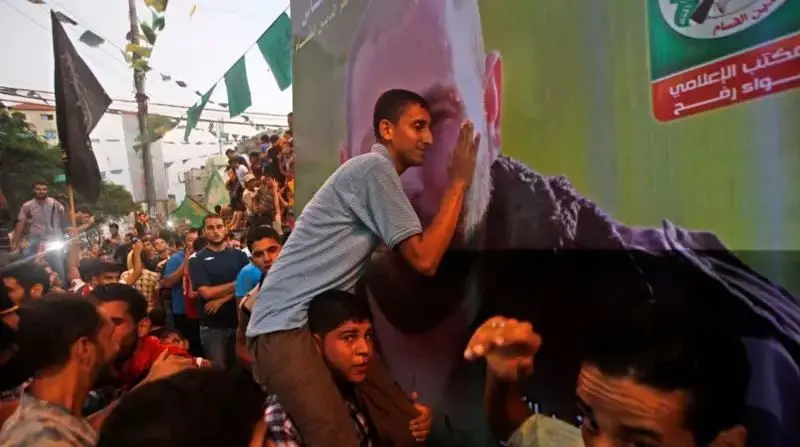
On August 21, 2014, an airstrike targeted a house in Rafah in the Gaza Strip, killing members of the Qassam Brigades’ military council Raed Al-Attar, Muhammad Abu Shumaleh, and Muhammad Barhoum.

On August 21, 2014, an airstrike targeted a house in Rafah in the Gaza Strip, killing members of the Qassam Brigades’ military council Raed Al-Attar, Muhammad Abu Shumaleh, and Muhammad Barhoum.
Al-Attar was one of the founders of the Qassam Brigades and was leading its Rafah Brigade.
Israel had placed Al-Attar on its list of most wanted individuals due to allegations of murder and sabotage.
Israel’s internal security service (Shabak) considered him one of the most powerful leaders of the Qassam Brigades, claiming he was militarily responsible for the entire Rafah area and had built tunnels for Hamas.
Al-Attar planned the Qassam Brigades’ attack in the Kerem Shalom area in 2006, which resulted
in the deaths of two Israeli soldiers and the abduction of Gilad Shalit.
He was also involved in planning and executing an attack on an Israeli site in Rafah in 2001, in which four Israeli soldiers were injured.
Al-Attar was one of the planners of the 2012 operation, during which four Israeli soldiers were killed.




